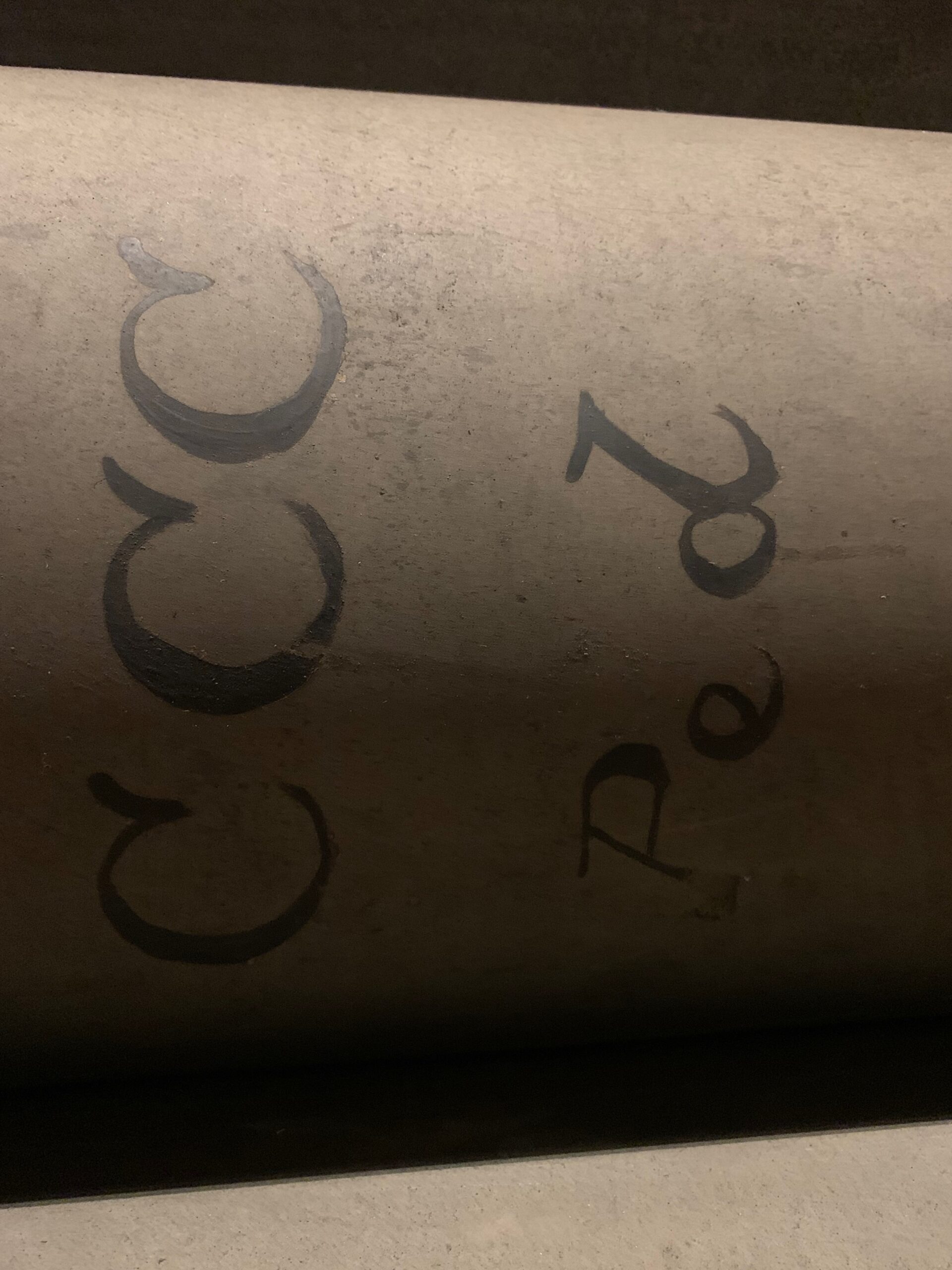Your basket is currently empty!
Category: Guides

St Mary, Portsea Pipework, Console and Fittings
Pipework Damaged pipes should be carefully repaired, always by an expert pipemaker. Replacements for missing pipes should be made of similar materials and to similar details of construction as the original. The original means of tuning should be preserved where this survives. If it does not survive, it may be restored provided that this requires…

St Michael & All Angels, Great Witley Care and Conservation
Well-made organs will give excellent service for many years provided they are properly cared for. It is not uncommon to find organs functioning efficiently after a century or more, with only occasional cleaning and minor repairs. An organ is a valuable resource. The following pages suggest which instruments may be worthy of preservation, and indicates…

St Mary, Portsea Pipe Markings – David C. Wickens
This collection of pipe marking scripts begins a series of utility publications which, it is hoped, will be of use to those studying the history of pipe organ technology. As more sample scripts become available from field workers, further collections will be published.

St Ethelbert, Falkenham Organ Registrations of the 18th Century
The following list of charts is referenced to the article in the BIOS Journal. Volume 36 and should be read in conjunction with that volume.

St John the Baptist, Chester Sound Advice – Care of your Organ
A valuable resource The organ is usually the largest item of furniture in a church. Its prime purpose is to support singing, both of a choir and of the whole congregation. Mozart called the organ ‘The King of Instruments’. It commands both the widest range of pitch of all instruments and also the widest range…

A Guide to Grants
For funding work on historic pipe organs (13th edition) The grant scene is constantly changing. Although we hope the current advice remains applicable, readers will need to pursue their own enquiries, and BIOS can take no responsibility for the absolute accuracy of this guide. Please note that BIOS itself can give only advice, not actual…

St Nicholas Church, Arundel A Video Guide to the Organ
A Video Guide to the Organ was recorded at Holbrook School by Tom Bell and Richard Brasier. A more extensive guide was recorded at Gloucester Cathedral by Jonathan Hope.